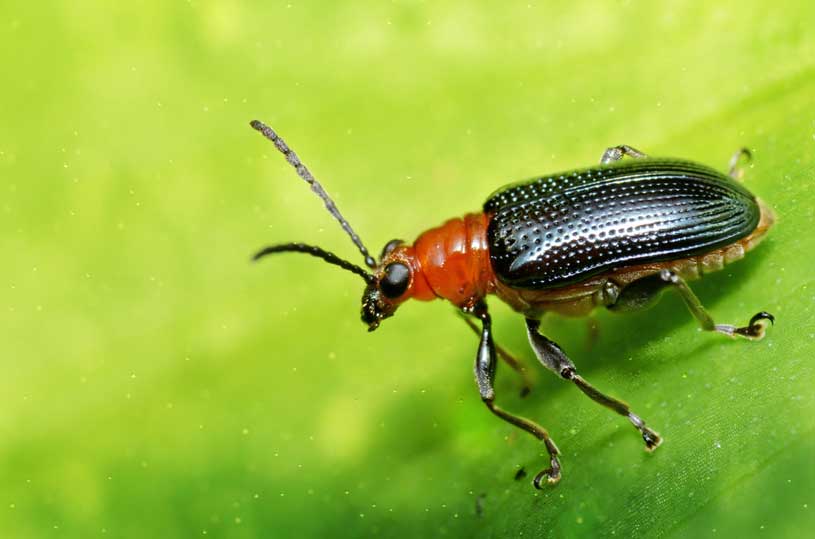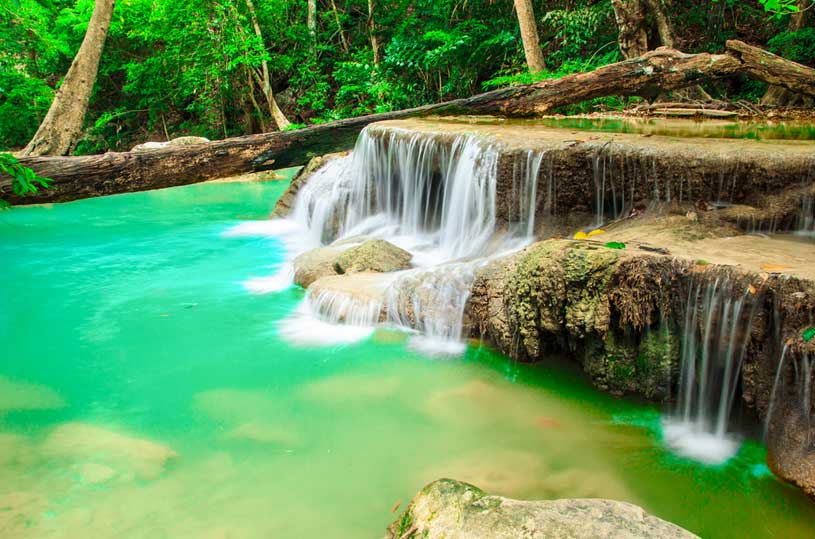Since World War 2, RDX is the main explosive used in bombs and other detonation devices. That means that in any given training ground where military exercises take place, the soil is full of this toxic substance. From the soil it can leach into groundwater and cause us much harm if we drink that water.
Traditional methods of cleaning this (or any other contamination) are very expensive. The University of Washington and the University of York have developed an alternative – they've created a grass that “eats” RDX. Years ago a bacteria was found that has enzymes that use the nitrogen in RDX for food, meaning the bacteria could break the RDX down into harmless substances. However you couldn’t just spread the bacteria on the ground, it would die.
For the past eight years, scientists tried to insert genes from the bacteria into two types of perennial grass. They have finally succeeded. In lab tests these grasses absorbed all of the RDX in the contaminated soil sample within two weeks. It then digested the RDX and broke it down into harmless substances. These grasses are really tough and need no maintenance after being planted. Other wild grasses worked too, but they failed to digest and break down the RDX, instead storing it in the leaves and stems. When these other grasses would die the RDX would go back into the soil when the grass decomposed.
The scientists are planning trials in military installations and applying for USDA approval for these grasses.
Traditional methods of cleaning this (or any other contamination) are very expensive. The University of Washington and the University of York have developed an alternative – they've created a grass that “eats” RDX. Years ago a bacteria was found that has enzymes that use the nitrogen in RDX for food, meaning the bacteria could break the RDX down into harmless substances. However you couldn’t just spread the bacteria on the ground, it would die.
For the past eight years, scientists tried to insert genes from the bacteria into two types of perennial grass. They have finally succeeded. In lab tests these grasses absorbed all of the RDX in the contaminated soil sample within two weeks. It then digested the RDX and broke it down into harmless substances. These grasses are really tough and need no maintenance after being planted. Other wild grasses worked too, but they failed to digest and break down the RDX, instead storing it in the leaves and stems. When these other grasses would die the RDX would go back into the soil when the grass decomposed.
The scientists are planning trials in military installations and applying for USDA approval for these grasses.
Tags
clean up Environment0 14 1 minute read





